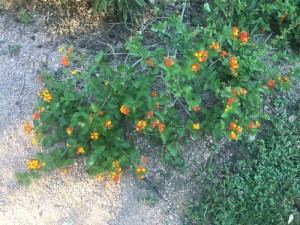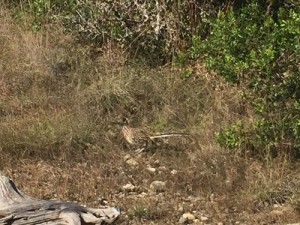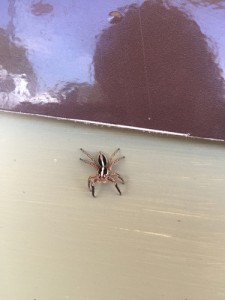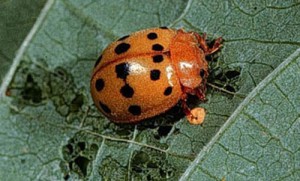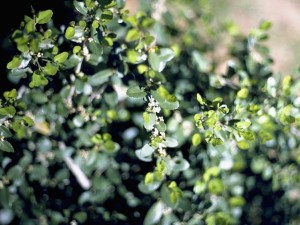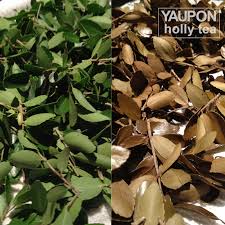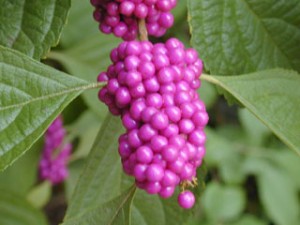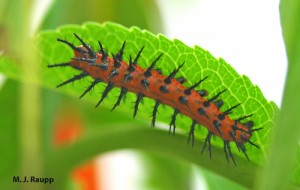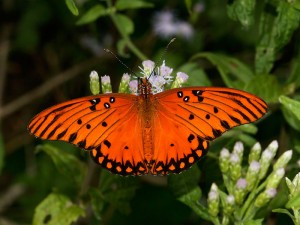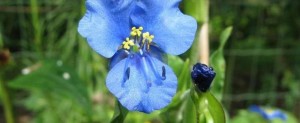I am constantly drawn to the beautiful colors of Texas wildflowers. The bright, multicolored flowers always bring a smile to my face. I took this picture on campus a few weeks ago and recently found it when going through my pictures.
The bush was easily identifiable thanks to the Lady Bird Johnson Wildflower website. Texas lantana is a spreading shrub that is part of the verbena family. It provides beautiful red, orange, and yellow color from April-October. I must have seen this one near the end of it’s blooming season. The shrub is very attractive for gardeners as it provides beautiful color and attracts pollinators like butterflies. Birds usually stay away from this plant because the black fruit clusters are poisonous. Check out my iNaturalist post here. See what things you can find in your neighborhood and add them to iNaturalist!
References
http://www.wildflower.org/gallery/result.php?id_image=14955
http://www.wildflower.org/plants/result.php?id_plant=LAUR2
